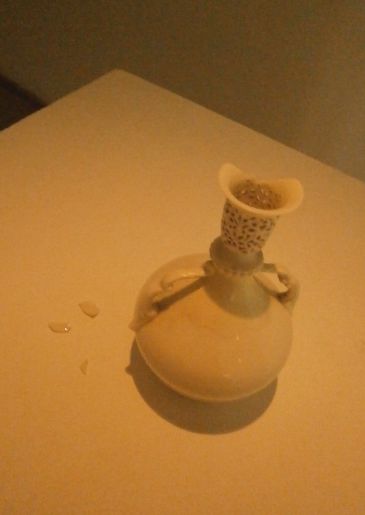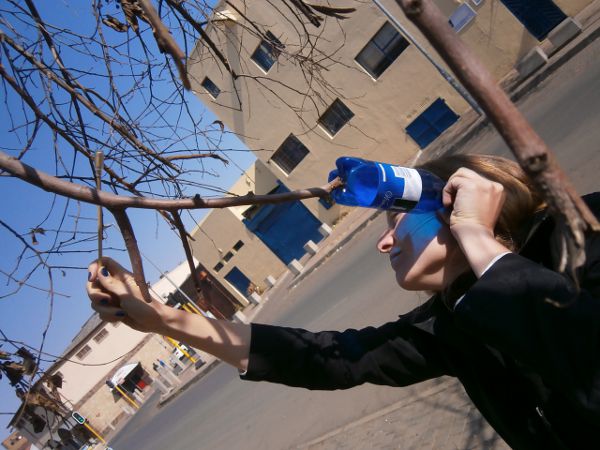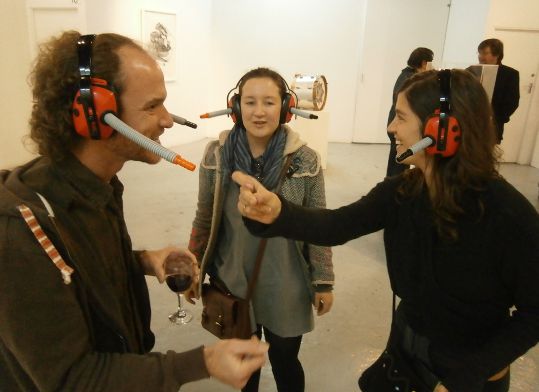Sounding Out: Tracking Secret Sounds of the City
On Saturday I ran a workshop as part of the ongoing exhibition Sounding Out. The workshop was also inspired by the upcoming World Listening Day.
A nice sized group of enthusiastic sound-ista’s turned up – thank you Bag Factory :).
I introduced the group to a range of simple listening tools such as bottles to use as resonators for listening to vibration. Then we set off to explore the surrounding Fordsburg neighbourhood to search for hidden and unexpected sounds.
If Walls Could Talk Would They Sing?
In June this year I was approached by Renée Holleman to collaborate on a soundtrack for her upcoming show ‘A Novel in Parts’ at WhatIfTheWorld’s new premises in Woodstock, Cape Town.
The brief she gave me proved to be a great opportunity to explore Woodstock, the neighbourhood Masha and I had just moved into, as well as a useful challenge for my compositional techniques.
This is the final soundtrack:
Woodstock is today primarily a Moslem community with a growing immigrant population from other parts of Africa, but up until the 1940’s it was a Jewish neighbourhood of Lithuanian decent. Renee explained that the show would touch on specific and tangential references to this context, especially as the exhibition was to take place in the old Woodstock Salt River Synagogue complex – the Hebrew Community Hall having been converted into the new gallery premises.
[See more images from the show here.]
She also explained that the soundtrack would need to have a clear link to the current context but also in some way evoke the past – and use sound to achieve this. The starting point would be the location of the exhibition – the Synagogue complex, which had been de-consecrated in the late 1950’s, and had seen a number of other occupants, including a bicycle repair shop and a furniture manufacturer. (more…)






1 comment